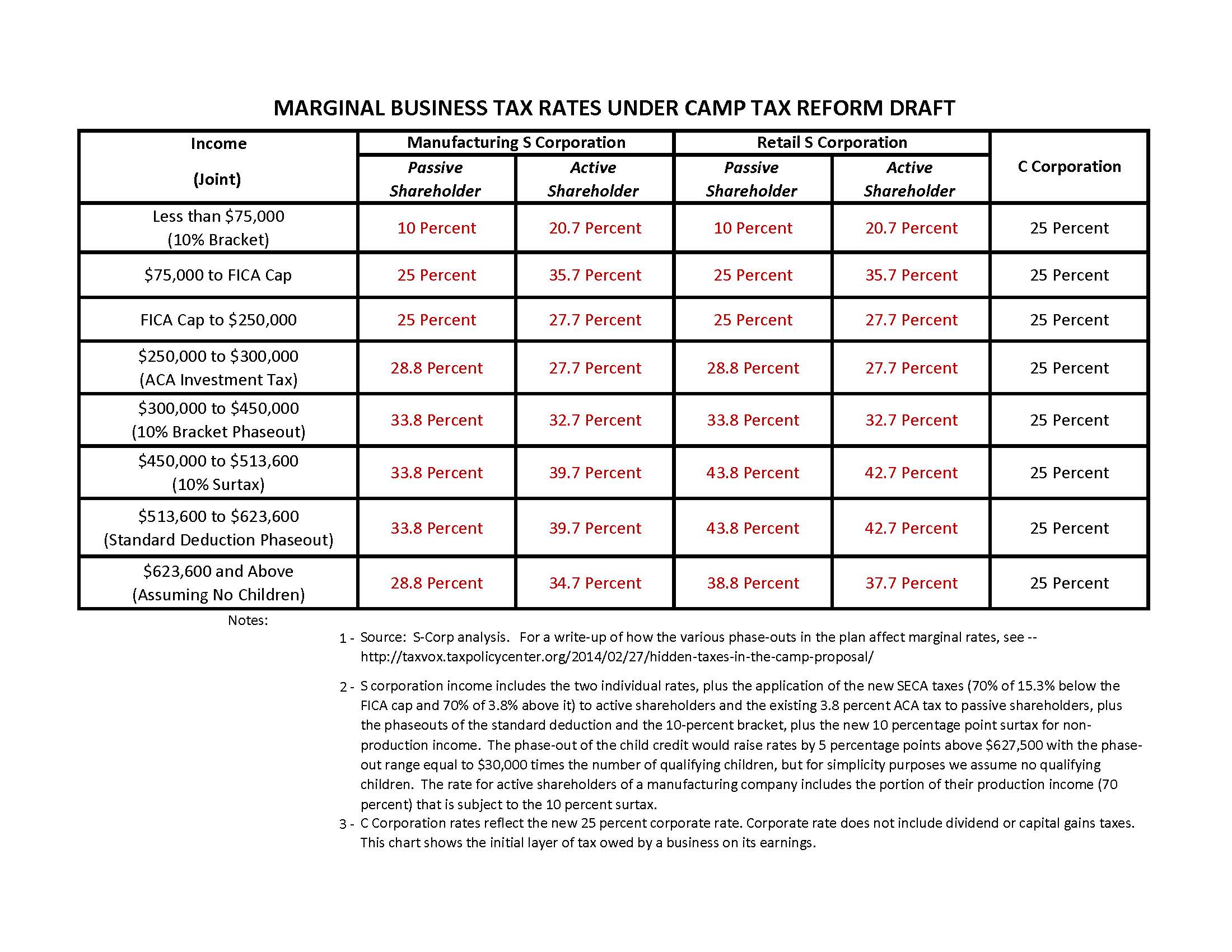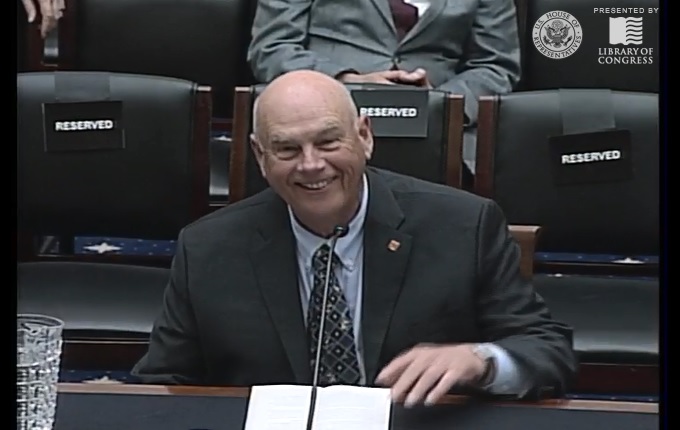The House Judiciary Committee held a hearing Wednesday on the Business Activity Tax Simplification Act of 2013 (H.R. 2992), a bill that seeks to rationalize the current maze of state and local practices when it comes to taxing businesses residing outside their borders.
Testifying in support of the legislation was S-CORP Chairman Tony Simmons, President and CEO of the McIlhenny Company. In his testimony, Tony got right to the heart of the matter and described the burden faced by his and similar companies doing conducting business across state lines:
Monitoring, interpreting, and compliance with, in many cases, unclear and constantly changing individual state and local nexus regulations places an undue burden on our limited resources, and brings uncertainty to our business planning and execution.
This is not a sales tax issue, but rather a fight over how far states and localities can go to impose income and other business activity taxes on companies with no apparent presence in their jurisdictions. Confronted with tight budgets and a weak economy, these taxing authorities are becoming increasingly aggressive in attempting to reach beyond their borders to tax non-resident businesses.
I am here today to speak in support of HR 2992, the “Business Activity Tax Simplification Act” because we are seeing an increase in the number of cases where states are expanding their definition of substantial nexus to increase the number of nonresident companies subject to state income tax. They are doing this by applying a concept called “economic nexus,” which argues that a state should be permitted to tax a non-resident company with not physical presence in the jurisdiction simply because that company has customers in the state.
Tony was joined on the witness panel by Joseph Henchman from the Tax Foundation, who made the need for congressional action clear:
Only Congress can bring sanity to this patchwork of overly aggressive rules that is currently doing harm to our national economy. Clarifying that substantial nexus for business activity taxes must be linked to the physical presence of solicitation activity in the state is in line with international taxation concepts and with the “benefit principle” idea of paying taxes in the jurisdiction where you get the benefits of government services. The revenue impact to states will be minimal, and generally states are adopting “single sales factor” rules that reduce their reliance on corporate income tax by in-state taxpayers anyway.
Tony’s testimony and the hearing in its entirety can be viewed by clicking below:
More on Camp Draft
The Tax Policy Center has a number of posts up today on the Camp draft, including a nice analysis by Len Burman that adds detail to the chart we quickly put together on the draft’s marginal rate impact. As Burman notes:
House Ways and Means Committee Chair Dave Camp (R-MI) has produced an impressive tax reform plan that eliminates most loopholes, deductions, and credits. But the plan also introduces a number of hidden taxes that push marginal rates—mostly for higher-income taxpayers—well above the advertised levels.
Burman goes on to itemize the hidden taxes in some detail. We’ve attempted to add those to our marginal rate chart to demonstrate just how complex the resulting marginal rates are for S corporations, depending on what industry they’re in, whether the shareholder works at the business, and how many children they have. You can access the chart with notes here.
We’ve gotten feedback that the chart doesn’t include the second layer of taxes for C corporations and so doesn’t fully reflect the tax burden on those businesses. It’s a fair point, and we’ve long advocated for integrating the corporate tax in order to eliminate the double tax on C corporations.
But the point of this chart still stands. Not only does the Camp draft present S corporations, and to a large degree all pass-through businesses, a remarkable matrix of arbitrary marginal rates as they move up the income scale, but for the initial layer of tax – the tax all businesses pay when they earn income – the rates on S corporations will put them at a distinct disadvantage compared to the C corporation down the street.

